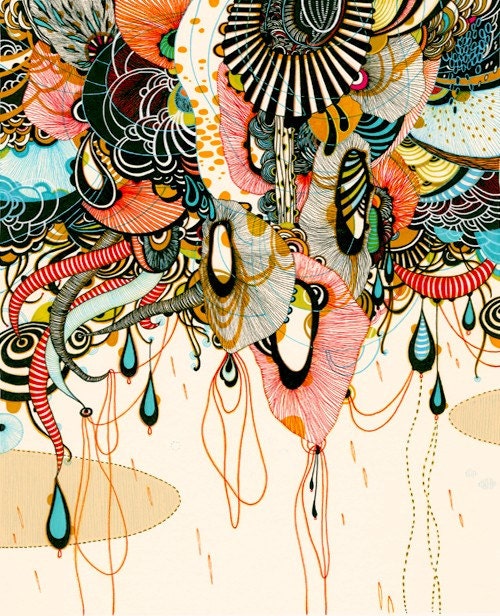As a student in the second year of undergraduate studio coursework, I am very intrigued with the portfolio process but have heard very little about what should be included, how to select the order of the interior elements and whether hard copies or electronic formats are preferred the most.
I purchased both of these books last semester and although they are graphically interesting and full of pictures and tips, I have learned that the AIA actually recommends not being as elaborate with your portfolio presentation when applying for work or to graduate school. According to an article published in the AIA's Best Practices, February 2008:
"The layout and graphics should complement the work within the portfolio, rather than compete with it.
Be sure to use large, clear images; there is no excuse for poor quality photography. In an interview with Architect Magazine, Jan Harmon recommends that students place their work in chronological order so viewers can see their progress over the years. She also tells students to put their very best work on the last page because it is easy to keep a portfolio open to that page during an interview."
"...it is important to include construction documents if you have had experience developing them either in school or in the workplace. A working knowledge of BIM or CAD, if you have it, is important to demonstrate. Nonetheless, the contributors mentioned that they appreciate seeing hand-drawn sketches, either artistic or architectural. “Final renderings are nice, but process sketches that show design ideation offer more insight into design progression and logic,” explains Mike Mauch."
"How you present your portfolio is as important as the content in the portfolio itself. Potential employers assess your verbal communication skills during an interview as you present your work. A successful portfolio presentation should progress at the interviewer’s pace. Add interest to images by telling the story of the project."
"Your conversation should show you have researched the firm. Discuss how elements of your projects relate to the firm’s values. “I cannot emphasize this enough—the individuals who stood out for me over the course of more than 150 interviews were those who did not just go through the motions but understood what our firm was about and spoke knowledgably and with commitment as to why they believed they were a good fit,” Alan Ford affirms.
"The contributors generally dislike highly technical portfolios, online portfolios, and portfolios on CD. Sometimes online or CD portfolios look too polished, as if they are PowerPoint presentations,” states Debbie DeBernard. They lack the personal, artistic quality that can only be achieved by touching the paper and flipping page by page through the portfolio in person."
"Sometimes the design of the portfolio itself is too complex and over-designed. All of the respondents discouraged complex packaging. The focus should be on the design content of the portfolio, and the packaging should not overpower it. Keep text to a minimum; reviewers have limited time to read during an interview."
"Refrain from creating uniquely sized portfolios. Keep them at least 8.5” by 11”, nothing too small. In fact, consider that the viewer might use reading glasses, and keep text sizes at a normal reading scale."
This information can also be found
here.
There also is an online checklist available for download in pdf format from the aia website. This checklist is meant to help with design layout, the order of your work, and to help you decide what should be the focal points of your graphic presentation.
































